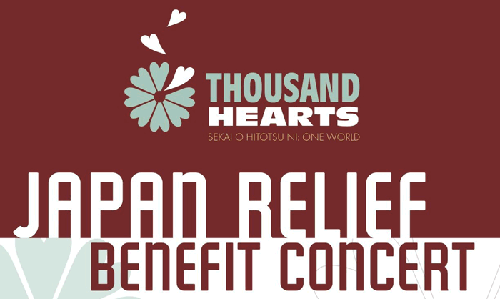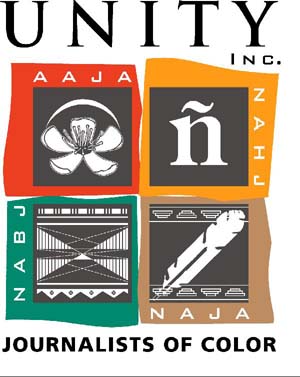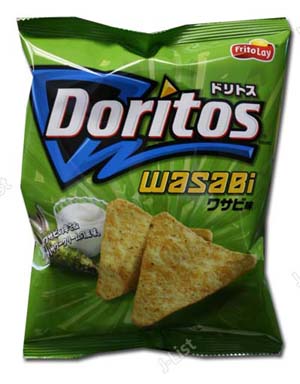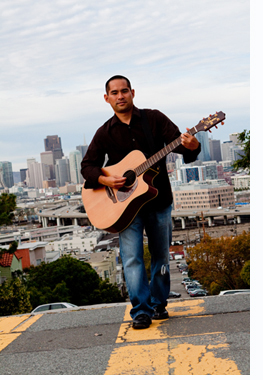May 3, 2011
2nd visualizAsian show for May: Meet Cheryl Tan, author of “A Tiger in the Kitchen”
 We're thrilled to announce that we're celebrating the second anniversary of visualizAsian.com with TWO shows during Asian American Pacific Islander Heritage Month! We launbched visualizAsian in May of 2009 with a conversation with former Transportation Secretary Norm Mineta, and we've had almost two dozen calls since then.
This month we have a show with Albert Kim, one of the writers and producers of the hit action series "Nikita" on Tuesday May 10, and we're closing out the month with a conversation with journalist and author Cheryl Tan on Tuesday, May 24! Click here to register for the call and you'll receive the dial-in and webcast information.
Cheryl Tan has written for bigtime publications including the New York Times and Wall Street Journal, and earlier this year published "A Tiger in the Kitchen" (not to be confused with that other "Tiger" book...). Here's her biography from her website:
We're thrilled to announce that we're celebrating the second anniversary of visualizAsian.com with TWO shows during Asian American Pacific Islander Heritage Month! We launbched visualizAsian in May of 2009 with a conversation with former Transportation Secretary Norm Mineta, and we've had almost two dozen calls since then.
This month we have a show with Albert Kim, one of the writers and producers of the hit action series "Nikita" on Tuesday May 10, and we're closing out the month with a conversation with journalist and author Cheryl Tan on Tuesday, May 24! Click here to register for the call and you'll receive the dial-in and webcast information.
Cheryl Tan has written for bigtime publications including the New York Times and Wall Street Journal, and earlier this year published "A Tiger in the Kitchen" (not to be confused with that other "Tiger" book...). Here's her biography from her website:






 I’m disappointed that the
I’m disappointed that the  It's one of those things that you taste and go, "Damn! Why didn't someone think of this sooner?"
We bought a bag of Wasabi Doritos at our local Costco the other day, and though I try not to over-indulge, they're hard to resist. I've always considered Nacho Doritos the perfect American snack chip. But I think Wasabi Doritos outdoes them. They're what you'd expect: Crunchy, salty and satisfying, but instead of cheesy they have the flash of wasabi that floods your mouth and makes you go "aaaaaah."
Wasabi's no stranger to the U.S. Ever since sushi became mainstream in the 1990s and made for the most memorable of the early 2000s' Budweiser "Whassup" TV commercials (see below), Americans have embraced the
It's one of those things that you taste and go, "Damn! Why didn't someone think of this sooner?"
We bought a bag of Wasabi Doritos at our local Costco the other day, and though I try not to over-indulge, they're hard to resist. I've always considered Nacho Doritos the perfect American snack chip. But I think Wasabi Doritos outdoes them. They're what you'd expect: Crunchy, salty and satisfying, but instead of cheesy they have the flash of wasabi that floods your mouth and makes you go "aaaaaah."
Wasabi's no stranger to the U.S. Ever since sushi became mainstream in the 1990s and made for the most memorable of the early 2000s' Budweiser "Whassup" TV commercials (see below), Americans have embraced the  "Live My Life," the lead track from the new album, "Close My Eyes" by
"Live My Life," the lead track from the new album, "Close My Eyes" by 